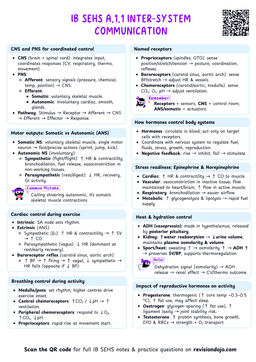Motivation
Motivation
- Motivation defined as the direction (choice of activity) and intensity (level of effort) an individual applies
- Direction of effort: the specific activity or sport chosen (e.g., choosing tennis over gymnastics).
- Intensity of effort: the level of effort or energy invested (e.g., a highly motivated tennis player trains harder and more consistently than another).
- Motivation is like driving a car, with the engine representing intensity (power, effort) and steering representing direction (what you choose to do).
- Generally, intensity and direction are interrelated—motivated athletes tend to exert consistent and dedicated effort.
- Motivation: Key Factors
- Direction: Choosing to engage in a specific sport or activity.
- Effort: Committing time and energy to practice and skill improvement.
- Persistence: Continuing involvement despite setbacks like injury or breaks.
- Intensity: Giving high effort during training sessions and competitions.
- Performance: Achieving consistent improvement over time as a result of motivation..
Types of Motivation
- Intrinsic Motivation
- Comes from within the individual.
- Driven by personal satisfaction, enjoyment, excitement, fun, and personal growth (e.g., developing new skills in sport).
- Extrinsic Motivation
- Driven by external rewards.
- Includes tangible rewards (e.g., money, trophies, prizes) and intangible rewards (e.g., praise, recognition, status).
- Combining Intrinsic and Extrinsic Motivators
- Additive Principle: Suggests that extrinsic rewards can enhance intrinsic motivation but can also reduce it in some cases.
- Deci and Ryan's Cognitive Evaluation Theory (1985):
- Controlling Rewards: Praise, trophies, and external rewards that influence behavior may reduce intrinsic motivation.
- Informational Rewards: Feedback that conveys competence and progress can increase intrinsic motivation.
- Motivation as a Continuum:
- Some motives are clearly intrinsic (e.g., playing for enjoyment).
- Some motives are clearly extrinsic (e.g., playing for financial reward).
- Many motives fall in between, leading to the Self-Determination Theory (SDT) to explain motivation on a spectrum.
- Key Takeaway: Perception of rewards matters—if perceived as controlling, intrinsic motivation declines; if seen as informational, it strengthens.
- Intrinsic Motivation (Internal drive, enjoyment, or personal satisfaction)
- A runner trains every morning because they love the feeling of running.
- A basketball player practices free throws because they enjoy improving their accuracy.
- Extrinsic Motivation (External rewards or pressures)
- A tennis player competes in a tournament to win a trophy and prize money.
- A footballer trains hard to receive praise from their coach and teammates.
Need Achievement Theory: Balancing Success and Failure
Need Achievement Theory
Need Achievement Theory (NAT) explains how personality and situational factors interact to influence motivation, emotions, and behavior in sports performance.
It focuses on two opposing forces:
- Motive to Achieve Success (MAS): The drive to succeed and experience pride.
- Motive to Avoid Failure (MAF): The fear of failure and the desire to avoid shame.
Achievement Motivation= MAS (desire to succeed) - MAF (the fear of failure)
Note- Achievement motivation is a personality trait that influences an individual's drive for success.
- Some individuals are highly motivated by the desire to succeed, which outweighs their fear of failure. These individuals are said to have high achievement motivation.
- Others are more influenced by the fear of failure, making them less likely to take risks. These individuals are considered to have low achievement motivation.
- However, personality traits alone do not determine behavior. Situational factors also play a role, such as the probability of success and the incentives for achievement.


